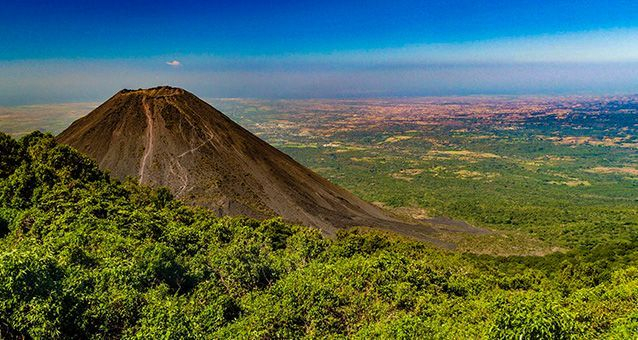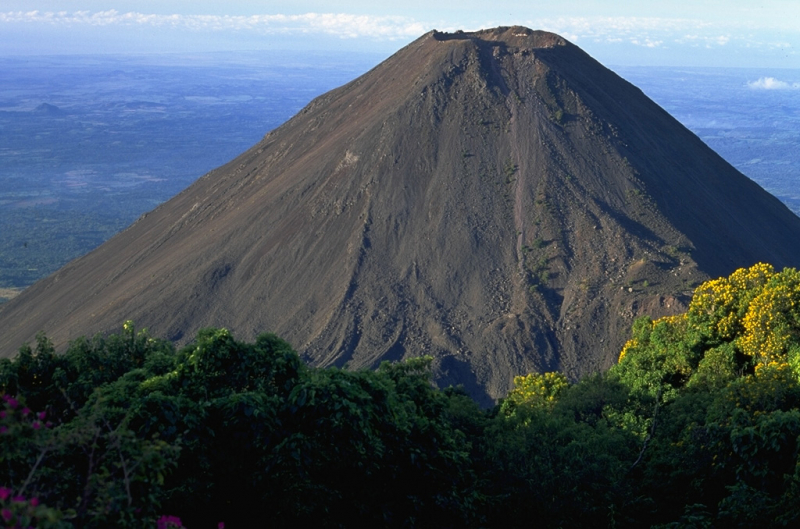Izalco (Volcán de Izalco)
The fourth one in Top 10 Highest Mountains in El Salvador that Toplist would like to introduce to you is Izalco. In western El Salvador, Izalco is an active stratovolcano on the slope of the Santa Ana Volcano. It is located on the Santa Ana volcano's southern flank. From 1770 (when it first erupted) through 1958, Izalco erupted practically continuously, earning it the nickname "Lighthouse of the Pacific." It also had a flank eruption in 1966. The settlement of Matazano was buried and 56 people were killed during an eruption in 1926. The volcano erupted on fertile ground that had been used to grow coffee, chocolate, and sugar cane.
Izalco's lava has traditionally consisted of vesicular vitrophyric olivine basalts. Izalco was formed in 1658, before Izalco was born in 1770, as a result of fumorolic activity. Rather than steam emissions from subterranean gases, Izalco now has fumarolic activity in the form of precipitation seeping into the volcano and touching heated rocks. Several unusual minerals have been discovered in the volcano's fumarole deposits. Bannermanite, blossite, fingerite, howardevansite, lyonsite, mcbirneyite, stoiberite, and ziesite are all type localities for copper vanadium minerals.
The volcano is a national icon of El Salvador, and is featured on the 10 colón bank note. It is regularly visited and climbed by tourists to El Salvador via the Cerro Verde National Park (US dollars replaced the colon in 2001, so the bank note is no longer in circulation). The volcano is currently dormant, but it could erupt again at any time.
A hotel was erected atop adjacent Cerro Verde to provide lodging with a view of the erupting volcano, however the volcano stopped erupting shortly after the hotel was finished.
Location: in western El Salvador
Elevation: 1,950 m (6,400 ft)












